3R (water) – Recharge, Retention and Reuse
In many areas in the world, people experience periods of water scarcity even though there is enough rainfall and run-off on an annual basis. At moments when water is plentiful, often a large portion of it disappears unused through floods, surface runoff and evaporation. The essence of water buffering is to better manage natural recharge and to retain water longer. In this manner unused runoff and evapotranspiration can be reduced. The larger idea is that tackling a local water crisis is not so much about re-allocating scarce water, but to store water when it is plentiful and to make it available for the dry periods – and also to extend the chain of uses. Storage is, thus, the central concept.
Often storage is associated with large surface reservoirs and mega-dams. 3R presents an alternative concept – of using many smaller systems and storing water in the landscape. Much water storage is invisible: it takes place in the ground - in the upper part of the soil, the unsaturated zone, or below the water table (the saturated zone). In addition, water can be stored in many small surface systems (figure 2, below).
The advantages of decentralized storage compared to large dams are several:
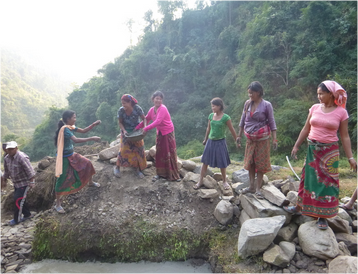
- The range of geographic and livelihood settings where 3R solutions can be applied is huge and is almost universal – in arid and in humid areas, in hilly topography but also in flat lowlands.
- Storage in the soil profile or in aquifers does not lose water to evaporation as large surface reservoirs do.
- Many surface reservoirs are affected by sedimentation that over time reduces their capacity.
In contrast, when storing water in the soil or in small reservoirs, sedimentation is usually not a problem and soil deposits may even be assets as they improve fertility. Finally – different from large reservoirs - many small decentralized storage systems do not disrupt life when introduced but add value to livelihoods already in the area. These four arguments are not to say that large dams are not required but that there is a powerful and universal alternative that needs much more attention than it receives now.
Recharge
Recharge adds water to the buffer and as such it adds water to the circulation. Recharge can be natural – the infiltration of rain and run-off water across the landscape - or it can be managed (artificial recharge) through special structures or by the considerate planning of roads and paved surfaces. Recharge can also be a welcome by-product of for instance inefficient irrigation or leakage in existing water systems.
Retention
Retention is the process in which the speed of the natural water cycle is reduced in order to create large wet buffers. This process can be increased artificially, for example by slowing down the (ground)water flow or by hindering the surface water runoff with dams and reservoirs. Therefore it extends the chain of water uses and can have a large impact on agricultural productivity.
Reuse
Reuse is the third element in buffer management. The big challenge of 3R is to make water circulate as much as possible. Scarcity is resolved not only by managing demand through reduction in use, but also by keeping water in active circulation. In managing reuse two processes are important. The first is to manage non-beneficial evaporation to the atmosphere.
Water that evaporates ‘leaves’ the system and can no longer circulate in it. One should rather try the opposite and capture air moisture, such as dew where possible. Another process is the management of water quality – to make sure that water can move from one use to another, even as water quality changes along the chain of uses.
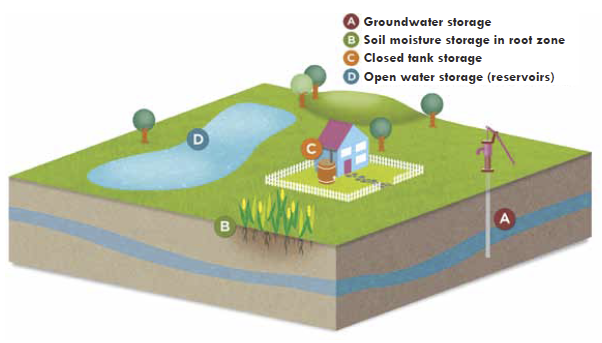
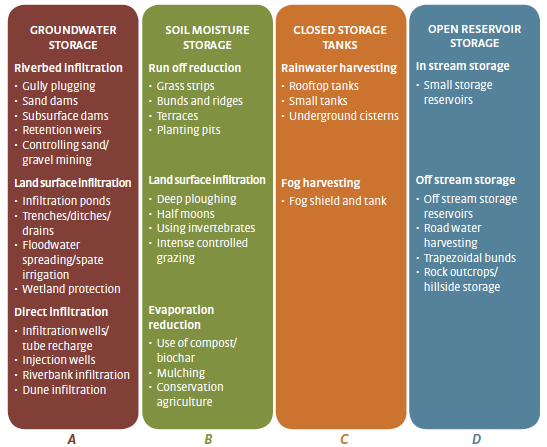
Example: economic advantages in Kuttanad, India
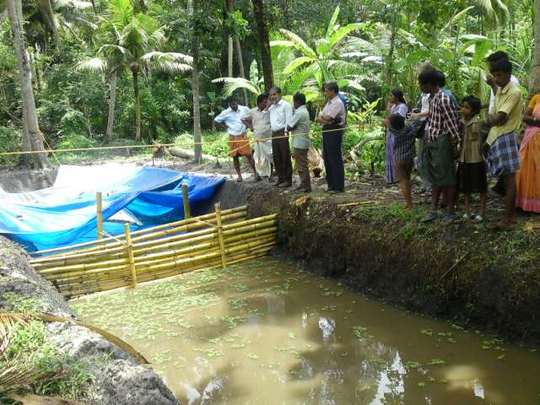
A rainwater harvesting project in Kuttanad, India - investment costs for a 6,000 litres system would cost about Rs 13,500 (USD 40/m3). The WHO’s study estimates that the operation, surveillance, and maintenance cost for rainwater harvesting to be about 10% of the investment costs.
An important non-health benefit is the income saved from buying water from private vendors. These figures are based on interviews. As for health benefits, the WHO assumes that a diarrheal case visits a health facility once, with a range of 0.5 to 1.5 visits. Once hospitalized, the length of stay is assumed to be 5 days on average. Based on the WHO report, the annual patient treatment costs saved from providing access to water and sanitation services is USD 134 per capita. The report for India assumed that the averted patient treatment costs to be 1/3 of the WHO figure. In addition to the health benefits and lower medical costs associated with averted cases of disease, an extra benefit is the gaining of income that was otherwise forgone due to lost working days.
Also, the minimum wage is used to monetize the extra days available for schooling and childcare. The WHO’s study reasons that the impact of illness is school absenteeism, which has a negative impact on the children’s future human capital. For this reason, time not spent at school by children of school age can also valued on the basis of the minimum wage. The study monetizes the days gained for child care (due to averted illnesses) at 50% of the minimum wage.
The expected net benefits of the investments in rainwater harvesting in Kuttanad range from Rs 384 million (USD 7 million, at a discount rate of 0%) to Rs 13.5 million (USD 245,000, at a discount rate of 30%).
- Water quality study and cost-benefit analysis of rainwater harvesting in Kuttanad, Kerala. India Water Portal.
Other field experiences
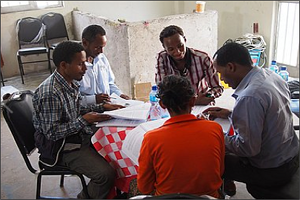 Ethiopia - Introducing 3R in impact area of DWA |
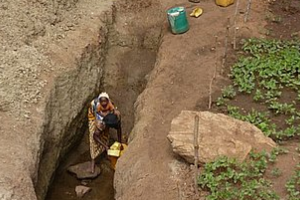 Kenya - Introducing 3R in impact areas of DWA |
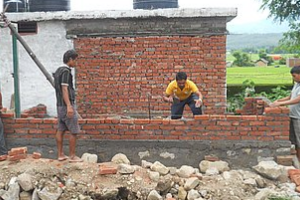 SWASH in Birendranagar, Surkhet |
File:Project 439.png Wetland Management & Water Harvesting |
| Read more about the different methods of 3R: Profit from Storage - The cost and benefits of water buffering. |
